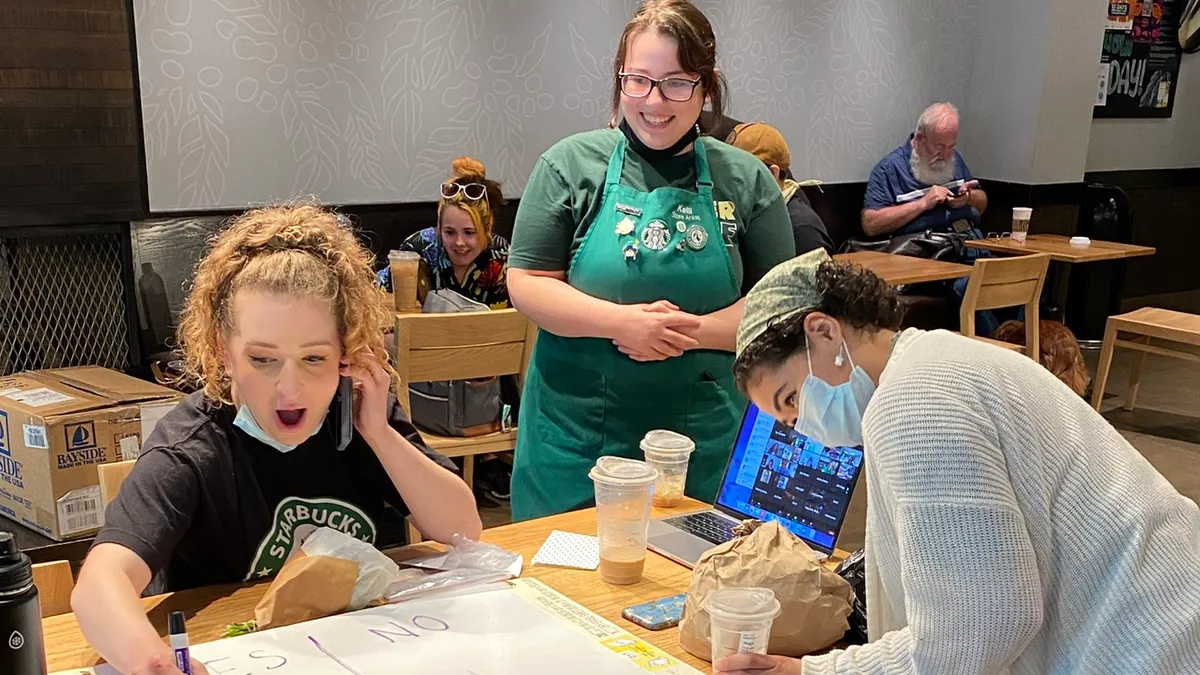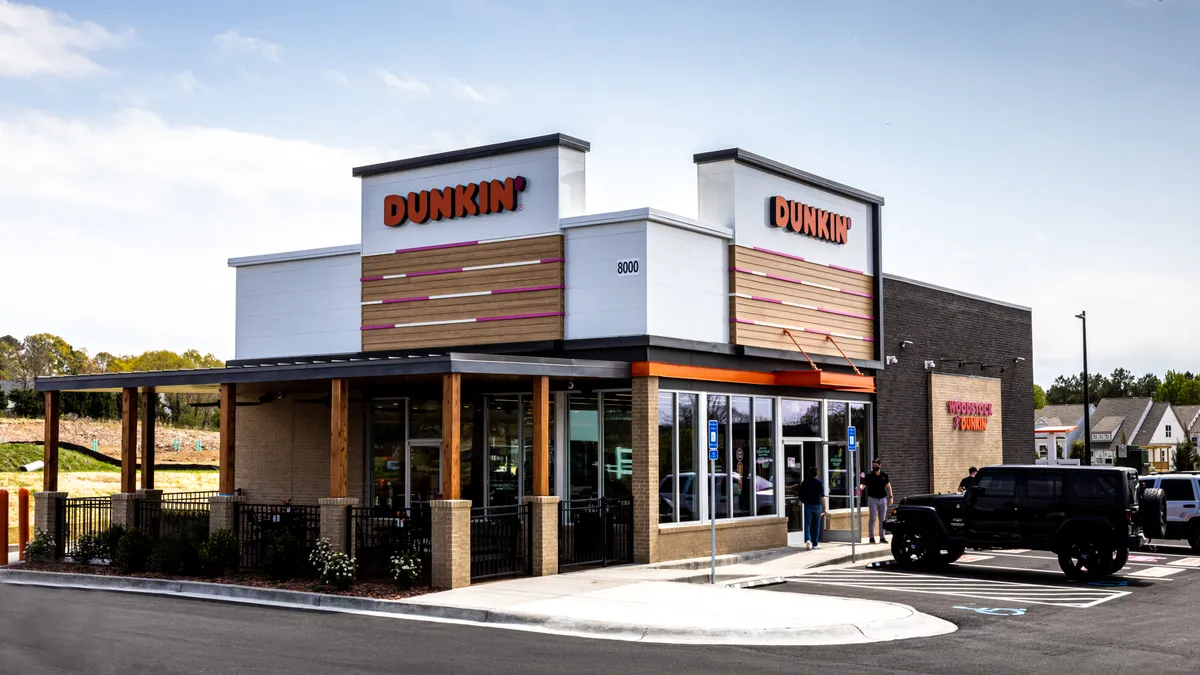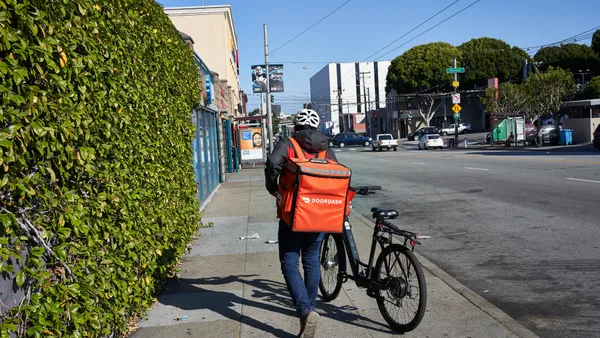The following is a guest post Vince Crimaldi, VP of consumer products and retail at Capgemini North America.
The COVID-19 pandemic has been an accelerator for growth, change and development across industries and geographies. Restaurants, in particular, were already on the road to innovation as new advances in technology have made order and pick-up options fully automated. And many quick-service restaurants, fast casual chains and casual dining establishments were well on their way to building out robust digital transformation journeys before the impact of COVID-19 disruption — the pandemic just advanced, sped up and amplified change.
Customers' buying habits, as well as restaurant operations, have shifted dramatically because of the pandemic — but restaurants will, once again, go through an industrywide transition. While consumers crave the return to an in-restaurant dining experience, they will also expect a variety of convenient service options. The brands that maintain safety measures and digitally enabled experiences will be favored by customers and garner deeper loyalty.
Here are three things restaurant brands should do to accelerate the transition to the new normal in the coming months:
1. Invest in infrastructure that supports digital resiliency
The pandemic redefined terms that had a long-standing history in the industry — including casual, convenience, service, and bar and restaurant. The lines between the different types of dining experiences have been blurred. To stay competitive and survive, a majority of restaurants shifted towards the same service models that prioritized ease of use and an intuitive customer experience. To sustain this model, brands must create a strong foundation in the following areas:
- Digital architecture — Incorporating solutions across channels, from the in-restaurant dining experience to the mobile order experience, requires seamless omnichannel integration that is driven through data architecture. Investing in digital platforms that support each avenue of business, while allowing for a continuous customer experience between channels, will be integral for brands to differentiate themselves.
- Delivery solutions — Whether establishments are partnering with third-parties or leveraging in-house capabilities to fulfill customer deliveries, the solution must have long-term payoff. Organizations need to ask the hard questions about what investments will lead to positive returns — which markets, what distances and through what channels.
- Guest experience — Creating an application that guests want to interact with is crucial to surviving in the new normal. While some customers will be eager to return to dining booths with servers and bar tops with bartenders, others will continue to value takeout options that are facilitated through screens. User-friendly apps with reward systems and easy payment options can increase usage and return.
2. Meet consumer expectations with technology optimizations
Across industries, from consumer products and retail to restaurants and other services, the pandemic has encouraged more people to use digital channels to interact with their favorite brands.
As consumers re-enter restaurants and embrace the onsite dining experience, they will expect a wider range of in-person digital experiences to accommodate behaviors shaped by the pandemic. As an example, contactless experiences will provide an added degree of health safety and sanitation to ease consumer concerns. Additionally, channels like seamless curbside pickup, digital ordering and tableside services should continue to service customers to meet new expectations of convenience and access.
3. Leverage the power of customer preferences to drive personalized experiences
Many of these digital channels give consumers the option to create profiles that can be used to tailor experiences and address personal preferences. The integration of data from loyalty programs, point of sale, customer service centers and other digital platforms can create a robust package to cater to personal tastes. Companies can also shape competitive advantage strategies based off consumer preferences and by understanding what their customer base wants more or less of. Knowing their customers is essential for brands to build loyalty through suggested order selections and personalized offers.











